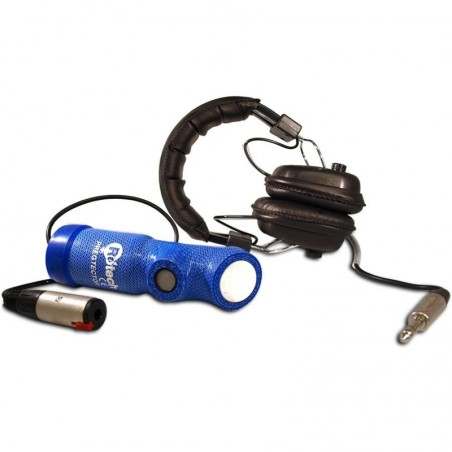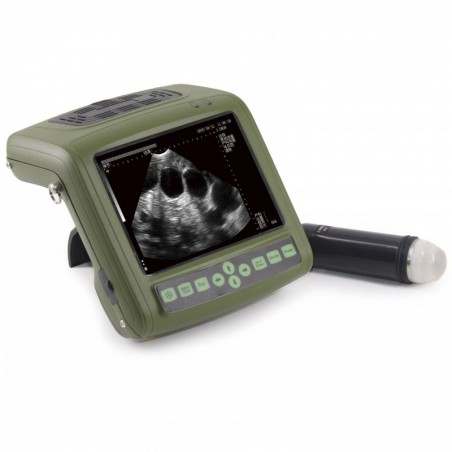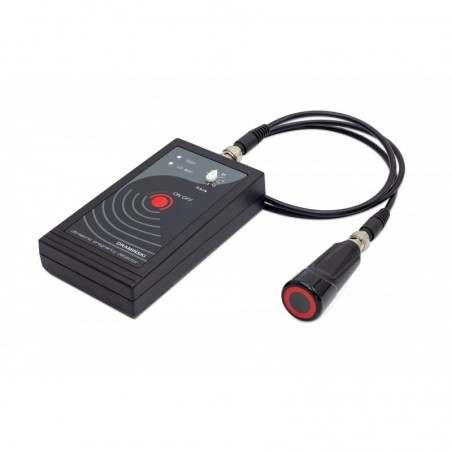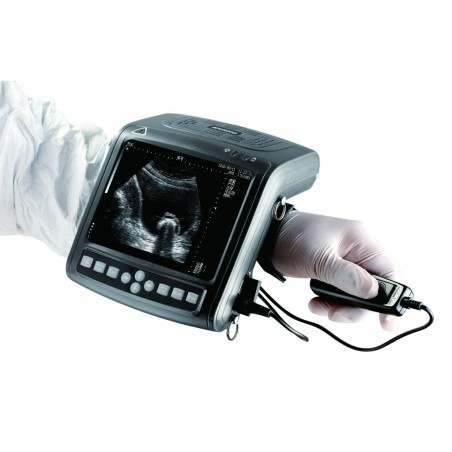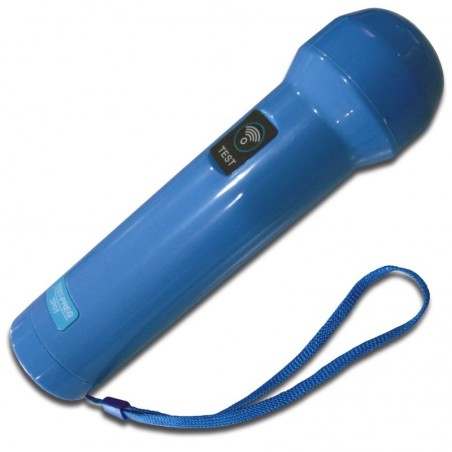In the previous article we explained the case of a farm that exceeded the number of non-productive days with respect to the average. After identifying the areas with deficiencies we visited the farms, and it was agreed to implement a package of control measures and to train the workers.
The implemented measures are:

1-
Form for the control of the gilts' heats (figures 1 and 2). We discard the gilts that have not shown any heat at 200 days of age.
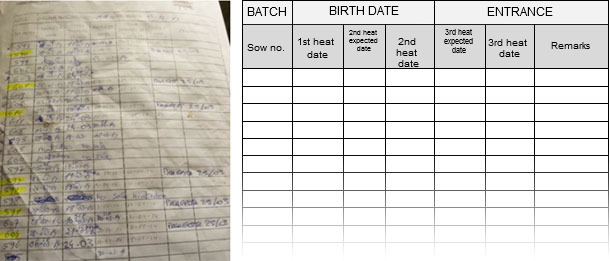
Figures 1 and 2: Form for the control of the gilts' heats
2-
Each sow housed in pregnancy stalls must have its identification card (figures 3 and 4).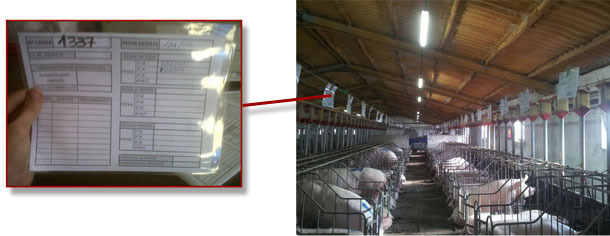
Figures 3 and 4: Gestation cards
3-
Coloured clothes pegs system for identifying, with a quick look, in which production state is each sow:
- Without clothes peg nor card: sow in the batch that has not come into heat yet (figure 5)
- Wooden clothes peg: inseminated sow (figure 6)
- Red clothes peg: empty sow due to return-to-oestrus or abortion (figure 7)
- Blue clothes peg: gilt that has not been inseminated (figure 8)
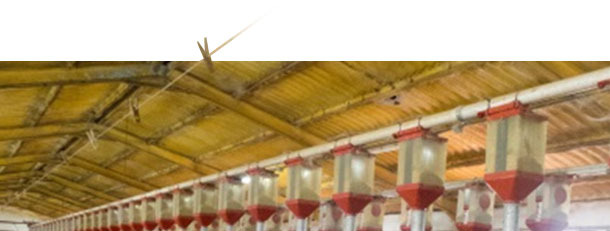
Figure 5: Weaned sows that have not been inseminated yet

Figures 6, 7 and 8: from left to right: Non-pregnant gilt (that has returned to oestrus or aborted), inseminated sow, and gilt that has not been inseminated yet.

4-
Checking, with ultrasounds, of all the free-housed sows at 60 and 80 days of the pregnancy, and after the 80th day the ultrasounds are only used on the sows whose pregnancy is uncertain at first glance (figures 9, 10 and 11).
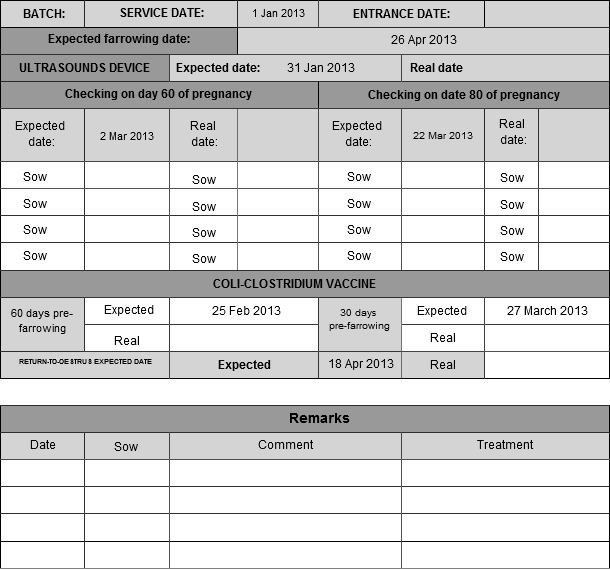
Figure 9: Form for the control of the feeding stations
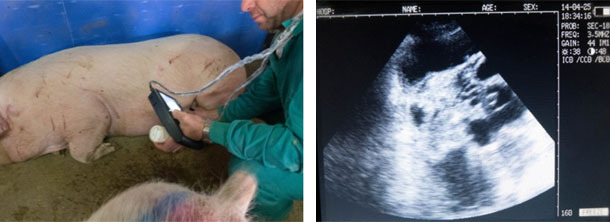
Figures 10 and 11: Worker confirming pregnancy with an ultrasounds device in the feeding stations
5-
Daily confirmation of possible returns-to-oestrus in the feeeding yards that must be especially careful between the 40th and 60th day, when the first pregnancy check with ultrasounds is carried out.
6-
Checking, every 3 months, of all the sows on the farm by means of the "Farm census", in order to check that the list and the sows present on the farm match.
The results of the checkings are studied periodically, and once year 2013 was closed, we compared it with the previous year in order to evaluate and quantify the complete efficacy of the implemented package of measures. Globally, we obtain an average drop of 5.2 days/event (graph 5), that are mainly explained by 3 components (graphs 5, 6 and 7):
- Correct detection of the gilts' heats
- Early detection of empty sows in the feeding stations
- Improved planning of the cullings (sows sent to the abattoir)
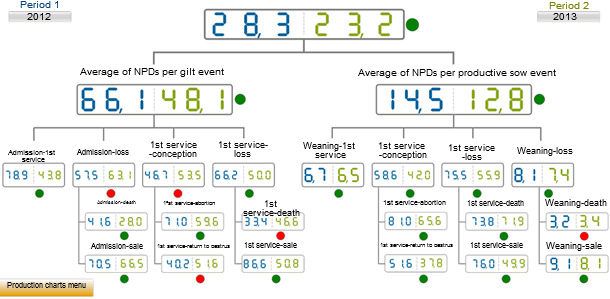
Graph 5: Comparative of NPDs per event of year 2012 (blue) vs the following year once the control measures had been implemented (green).
1. Correct detection of the gilts' heats. The age at first service falls until more than 80% of the services are concentrated between 230 and 260 days of age vs year 2012, when only 54% of the gilts were inseminated at that age (graph 6).
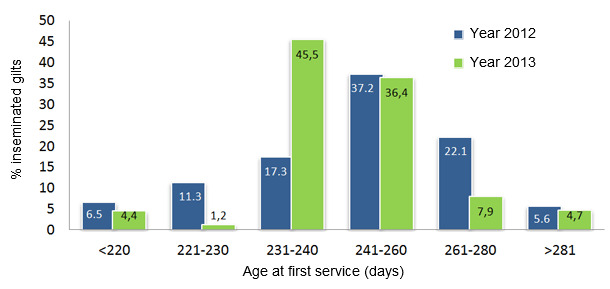
Graph 6: Comparative of the age at first service between years 2012 and 2013
2. The early detection of empty sows in the feeding stations due to the return-to-oestrus as well as to the loss of the gestation, and the correct planning of the sending of the culled sows to the abattoir attain drops of between 13.8 and 26.1 days per each event (graph 7).
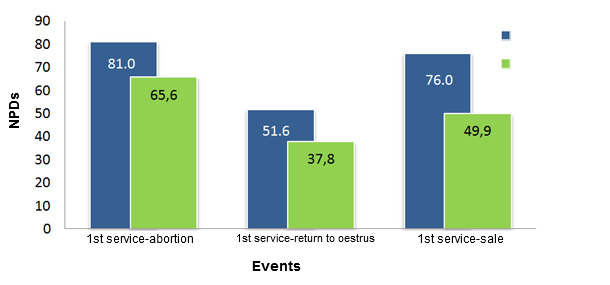
Graph 7: Comparative of the NPDs of the main events in pregnant sows between year 2012 and 2013
An average drop of 5.2 NPDs per event does not seem very important initially, but if we make the derived economic calculations we find very noticeable savings for a farm of this size.
The total of the events of year 2012 is 1,528, and that of year 2013 is 1,518. The calculations are:
Year 2012
1,528 events * 28.3 NPDs * €2.1/day = €90,809.04
Year 2013
1,518 events * 23.2 NPDs * €2.1/day = €73,956.96
The money saved thanks to the implemented control measures in the pregnancy period is €16,852.08.
The success of this kind of interventions is guaranteed always that there is a previous consciousness-raising of the workers that will carry out the tasks and the management alike in order to assume that, for instance, the purchase of an ultrasounds device is not an expense, but an investment. Otherwise all this will be a failure.
In order to cheer the producer up, a cautious estimate was done on the a priori benefits: "If you carry out these checkings, you will save money to buy 10 ultrasound devices”. Lastly, and after seeeing these, results they could have bought 17.
Once more, the correct analysis of the data provides information that allows us to make the correct decisions directed towards the improvement of the production and financial results on the farms.




